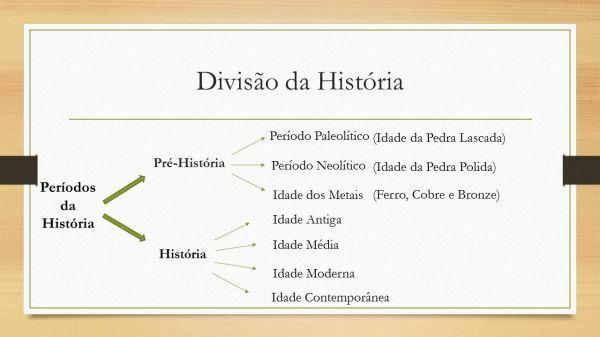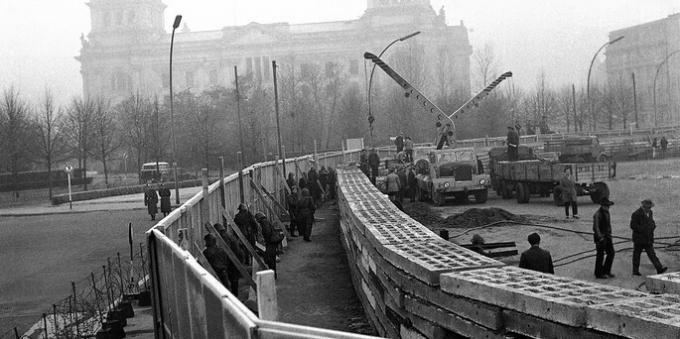The construction of the greatest empire of Western antiquity would not have been possible without the creation and maintenance of a great and strong army. In this sense, the roman army it was one of the foundations for the development of Roman civilization from its inception.
During the Monarchy and part of the Republic, the army was commanded by the patricians, and recruitment was mandatory, mainly among the peasants.
But there was a problem. The long military campaigns left the peasants for a long time away from their lands. Their wives and children were responsible for the cultivation.
With fewer arms to work the land, productivity declined, resulting in loss of land to landowners. With this situation, peasants' dissatisfaction with participation in the army was common.
To overcome this situation, during the republican period voluntary recruitment was encouraged. The city's proletarians were able to join the army, receiving in return a salary, known as pay. They still received the donations, an extra remuneration for participating in the wars, in addition to pieces of land in the conquered territories. The defeated peoples could also participate in the Roman army.
It was a matter of prestige to join the army. Furthermore, during the Empire period, the army became the main instrument for the exercise of political power by the emperors. Supreme commander of the army, the emperor was always held responsible for the victories in wars.
To maintain this mighty army required a constant process of training, whether in periods of war or even in periods of peace, when the objective was to preserve the conquered borders. The borders of the Roman Empire reached about 9,000 kilometers! That number makes us think about the size of the army needed to defend them.
Soldiers were trained in different types of weapons, such as shields, swords, spears and daggers. These training instruments were often heavier than those used in combat. Such a measure was taken to make the soldiers even stronger and more skillful.
Building fortifications and camps was also part of the training, seeking to choose the best places, close to roads and far from hills, in addition to having access to supplies such as water, wood and food for the animals.
Engineers, carpenters, masons and blacksmiths were also needed in the construction of these sites as well. as in the construction of floating bridges and drawbridges, used to cross rivers or scale fortifications.
The Roman army consisted of legions, formed by troops of about 5 to 6 thousand men. There was also a cavalry of about 120 horsemen and a strong artillery composed of ballistae, crossbows and onagers, weapons of war that served to throw stones, arrows and javelins. Horse-drawn chariots, as well as war elephants, were also used to attack enemies.
You roman ships they were powered by sail and oar. The oars were arranged in three rows, giving these vessels the name of triremes. There was in the bow - the front part of the ships - a spur used to collide with enemy ships and bring them down.
These instruments of warfare, combined with intense training, ensured that the Roman army remained strong. for centuries, being surpassed with the decline of the Empire, around the 5th century, when invasions intensified barbarians.
Take the opportunity to check out our video lesson related to the subject:


